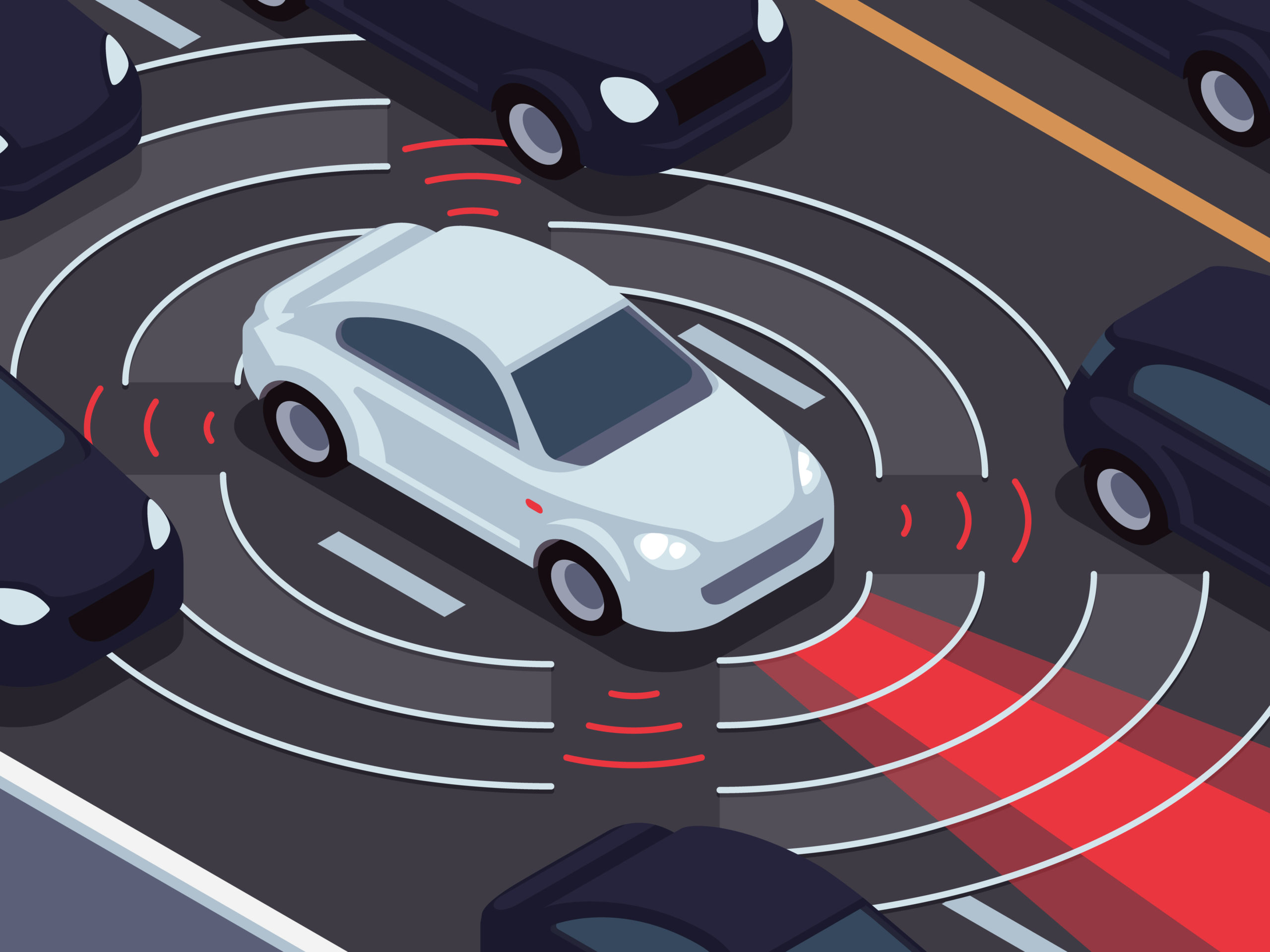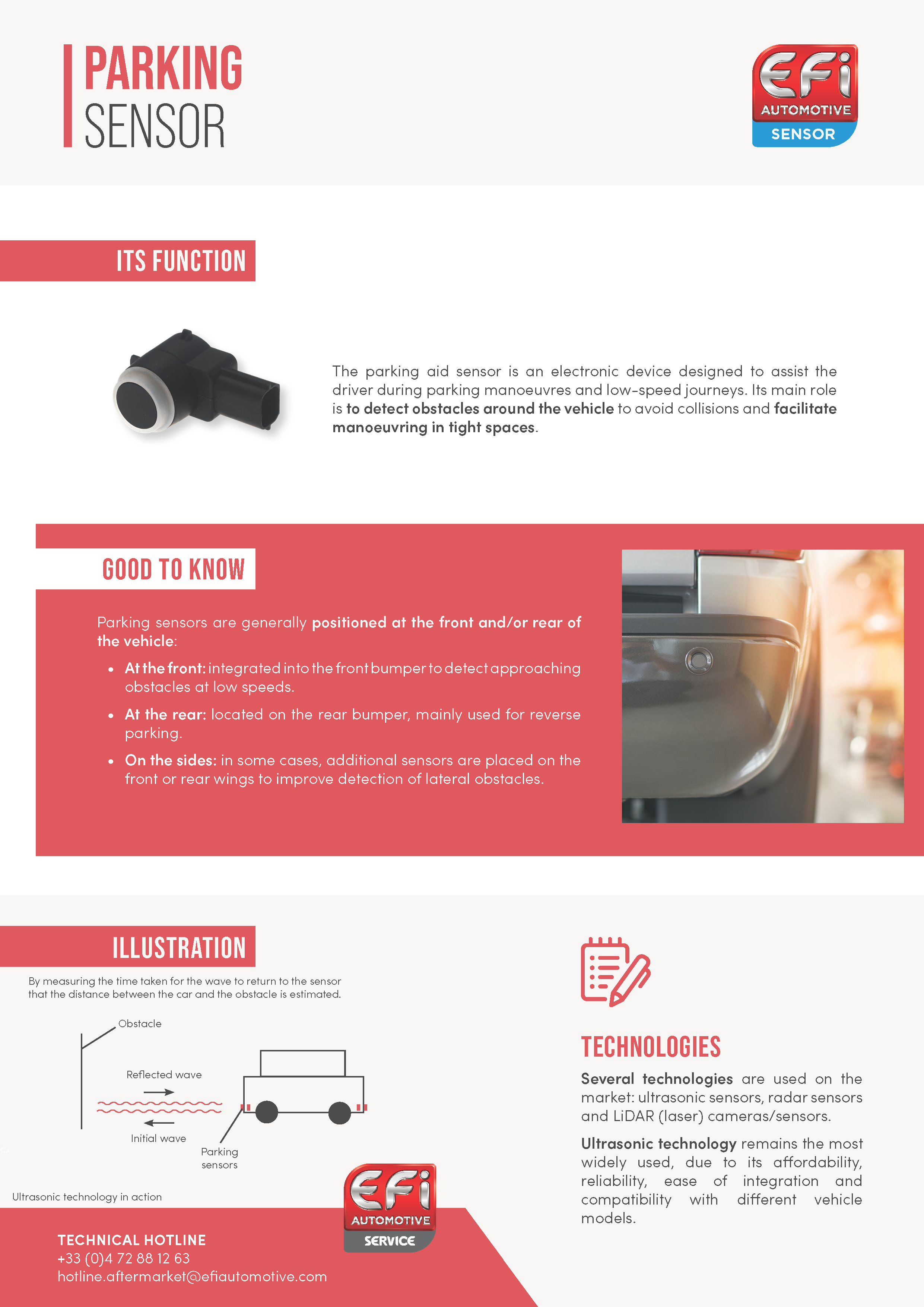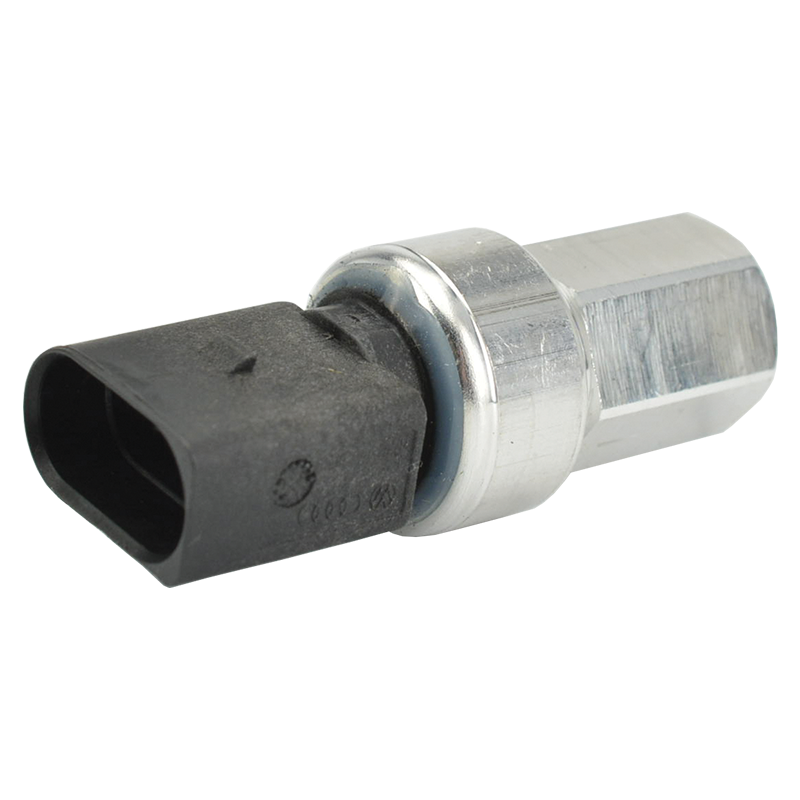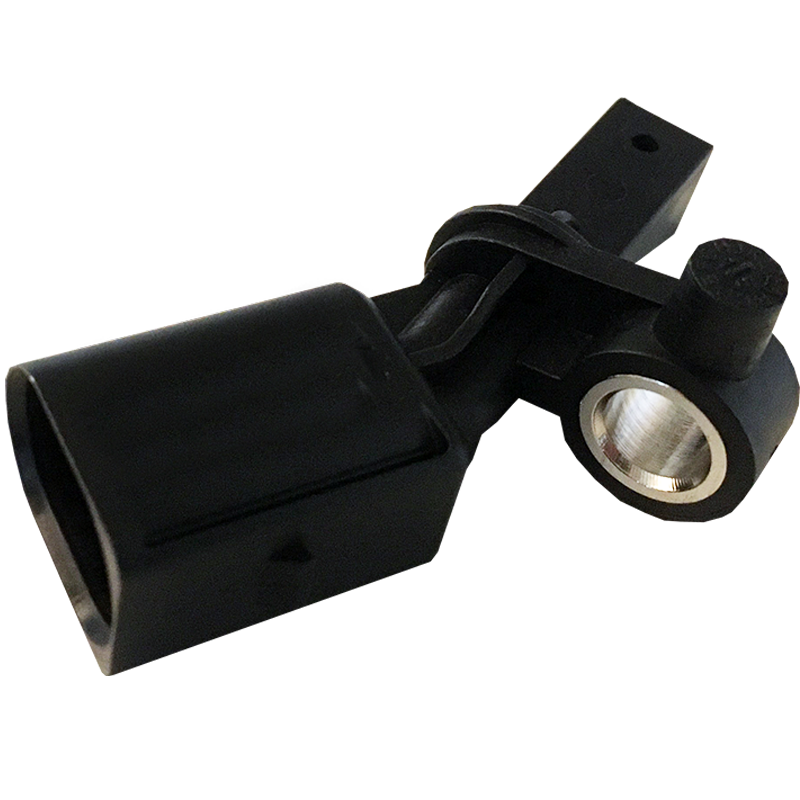When a parking sensor is faulty, you may no longer hear a “beep” when you put your car in reverse gear; or conversely, this noise may sound without you having tried to park. Sometimes the signal (acoustic and/or visual) no longer corresponds to reality; i.e., you are much closer to the obstacle, or on the contrary, further away, than the system indicated. Finally, on certain vehicles, a specific indicator will light up on the dashboard.



















